trends
softwaredevelopment
Trends in Software Development
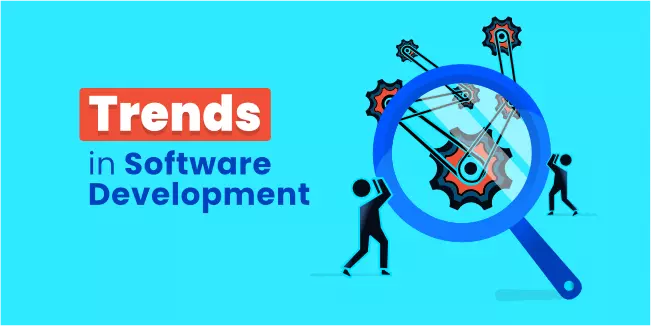
With the digital transformation taking place before our eyes, many companies have had to create new business models and offerings to compete in a highly crowded market. The changes affect everyone, including software development companies, which, following the trends and changing expectations of customers and users, also had to adapt their offers to the changing realities.
A few years ago, mobile app development was a relatively simple project; you only needed a great idea and good UX/UI design. Today, creating a successful application requires knowledge of the latest trends and modern solutions such as Artificial Intelligence or DevSecOps methodology. Therefore, the development of all digital products should be entrusted to a trusted partner with the appropriate knowledge and experience to follow trends and create new ones.
Main Software Development Trends
Software development is a constantly evolving field that is influenced by many factors. All changes result from the emergence of new technologies, new social requirements, and many external factors that are only sometimes easy to predict. This article will discuss the 16 latest software development trends affecting the entire industry.
-
Low-Code/No-Code Platforms
Low-Code/No-Code platforms offer ready-made blocks that, thanks to a simple mechanism, can be dragged and dropped to help in the rapid development of mobile and web applications by both professional software developers and people with no coding knowledge. It makes these types of platforms very popular. Of course, this is not a perfect solution, and there are still concerns about the flexibility, scalability, and security of software created in this way. Websites or mobile applications created in this way certainly cannot match tailor-made applications ideally suited to the needs and expectations of consumers.
However, for many people, software developed using Low-Code/No-Code platforms is acceptable because it is cheap, fast, and often treated as a temporary solution until funds are available to create a custom mobile app.
Our article "No-Code/Low-Code Mobile App Development - Complete Guide" discussed this issue in detail.
Initially, most software developments focused more on application logic and back-end services than user experience. The market quickly verified this approach, which is why UX/UI design has become a priority for all digital products for several years. This trend will continue because a positive user experience very often determines the existence of an application. In addition, it is a factor that helps to gain a competitive advantage in a crowded market. Today it is hard to imagine the mobile development process without the participation of an experienced UX/UI Designer.
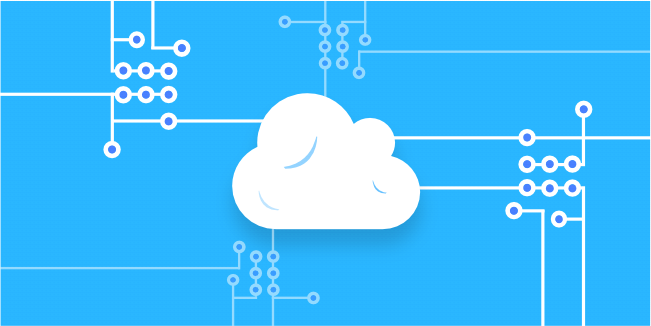
Cloud Computing is a modern IT technology used to process and store data. Data is not stored on computer disks but in virtual space, servers outside the local network, i.e., in the so-called cloud. Cloud services enable data storage and Internet access to IT systems and applications. Computers, tablets, and laptops are the only tools that give us access to data.
Cloud Computing is one of the most critical trends in the software industry because it has never been easier to switch to this form of computing. All global companies are currently investing in technology and enabling cloud computing for companies and individuals. Cloud services are available to everyone. Thanks to the free first month of using the cloud, everyone can check if the cloud infrastructure suits them.
-
Artificial Intelligence and Machine Learning

Artificial Intelligence and Machine Learning have been at the forefront of software development trends for many years. It is because AI and ML are finding more and more applications in almost all relevant industries. These technologies have huge potential, so it is not surprising that they are used on an ever-increasing scale.
Artificial intelligence combined with machine learning software is changing from static logic elements into self-learning and evolving entities. It will change the way software is developed. Most of the changes will shift from creating static logic to creating algorithms that can learn and evolve to meet changing end-user demands. It may sound complicated, but it is already difficult to identify an industry where AI and ML would not be used.
If you are not convinced about artificial intelligence, read our article "Why You Should Use Artificial Intelligence in Your Business." In addition, in the article "Difference between Artificial Intelligence and Machine Learning," we have prepared a comparison of these two issues.
-
Rapid Digital Transformation
Digital transformation is the implementation of digital technologies in all areas of the company to respond to new business and market challenges.
It may mean the complete digitization of the enterprise or the transformation and modernization of only some areas that remained outside the digital world before the digital transformation.
An example of digital transformation can be creating a new way for the customer to experience the products offered or automating processes in eCommerce or even web development. Regardless of whether the digital transformation covers the entire company or only some areas, it is a process that has been accelerating for several years. Companies care about rapid digital transformation because it is often a condition for their presence on the market. Therefore, this trend will continue in the coming years.

Progressive Web Apps are web applications that provide a similar experience to mobile applications. A user using progressive applications on a smartphone is using a website that looks like a mobile application. However, it is not obvious to the user because the search engine window and characteristic elements, such as the search bar, are hidden. PWAs are written in JavaScript, CSS, and HTML.
They look and behave like regular websites (meaning they can be found in web browsers). However, they also provide functionalities identical to mobile applications: they are fast, can work offline, send push notifications and use the functions of users' devices.
Software development teams love progressive web applications, so we expect this trend to continue next year.
Serverless computing is a next-generation technology that provides agility, flexibility, and cost-effectiveness.
Unfortunately, "serverless computing" is misleading: technology eliminates the need to provision and manage infrastructure but does not eliminate the need for servers. Serverless computing is a new way to build or run applications and services without managing the infrastructure. Software development teams don't have to bother with provisioning and maintaining system and application infrastructure while deploying code. Instead, code execution is fully managed by the cloud service provider. Developers can easily focus on writing code and optimizing the application design.

Blockchain is one of the fast-growing trends in software development.
Blockchain is a technology that stores and transmits information about transactions concluded on the Internet. This information is arranged in the form of successive blocks of data. One block contains information about a certain number of transactions, then after it is saturated, another block of data is created, and then another and another, creating a kind of chain. Information about various types of transactions can be sent, e.g., commercial, purchase, or sale of currencies, including cryptocurrencies.
Blockchain transactions are irreversible. Any attempt to change one block entails changing the entire chain of blocks that follows it. With computers' current technology and computing power, it is impossible to counterfeit the largest blockchains. It is estimated that you would need computing power equal to half the Internet to crack a blockchain network.
Blockchain technology can play a huge role in many industries and contribute to the development of the economy. At the moment, the governments of many countries are investing huge sums of money in developing technologies that use blockchain.
The Internet of Things (IoT) means a network of physical objects - "things" - equipped with sensors, software, and other technologies to connect and exchange data with other devices and systems via the Internet.
The Internet of Things (IoT) is estimated to reach a CAGR of 10.53% over the next 5 years, creating new platforms that can run software but also changing how data is tracked and collected and how users interact on IoT devices. According to Statista, by 2025, the number of devices connected to the Internet (IoT) worldwide will reach 38.6 billion, and by 2030 this number is expected to increase to about 50 billion.

The DevSecOps methodology introduces cybersecurity from the beginning of the software development life cycle. The code is reviewed, audited, scanned, and tested for security issues throughout the software development lifecycle. These issues are fixed as soon as they are identified. Addressing security vulnerabilities is done before introducing additional dependencies. Security issues are less costly when security technology is identified and implemented early.
All areas related to security will develop dynamically as every company understands the consequences of data loss.
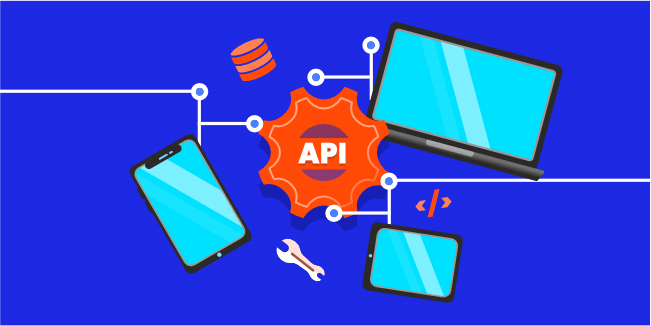
The API economy can be defined as the commercial exchange of information resources.
The current APIs allow for creating a simplified interface that provides access to the functions of business applications and data collected in them in real time. Companies choose from a set of public and private API services that they can easily integrate, thus creating new consumer services. The API economy drives innovations in software development, including event-driven architecture, microservices, and omnichannel retail.
Automation allows you to significantly speed up the software development process, simultaneously becoming much more stable and secure. It shortens the time to market the product. In addition, automation eliminates human errors, which are still the leading cause of failures.
No wonder automation is one of the key trends in software development.
-
Vulnerability Disclosure Programs
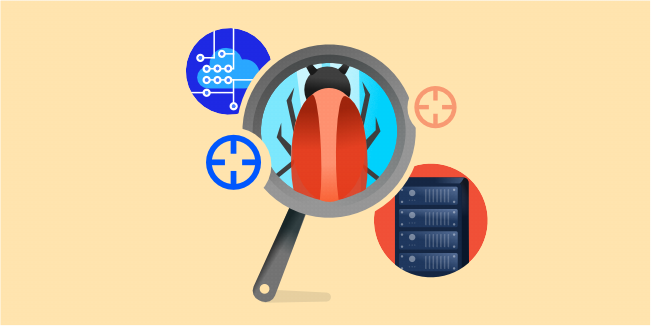
Ensuring data security has always been important, but the development of the network and frequent cases of hacker attacks have made the security issue crucial for every, even the smallest, company. For this reason, the importance of Vulnerability Disclosure Programs is growing, which detect weak points and vulnerabilities in software before a hacker detects them.
The Vulnerability Disclosure Program creates a secure reporting channel for security issues and vulnerabilities following ISO standards. As more and more organizations become aware of the threats of software vulnerabilities, these programs help them become more proactive about threats.
-
Continuous Integration and Continuous Delivery
Continuous integration (CI) and Continuous Delivery (CD) are rules, guidelines, work culture, and good practices for working on IT projects. Thanks to them, the development team can deliver specific, tested, and proven changes to the code more often. Implementing these practices is often called the CI/CD pipeline. It is considered one of the best and most effective ways to work on IT projects and their development.
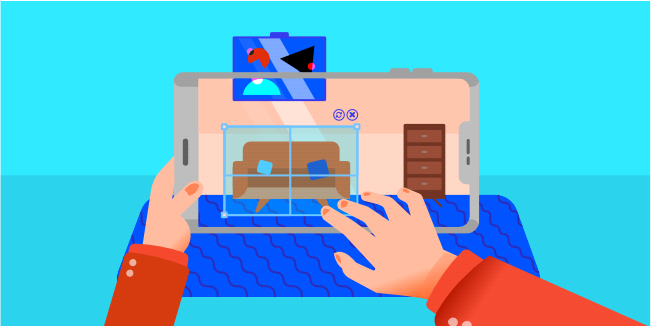
Augmented Reality is the combination of real and virtual worlds. The operation of this technology is based on the use of, for example, a phone camera or special goggles, thanks to which specific elements (objects, texts, etc.) are superimposed on the recorded image in real-time. There are no limits to displaying objects, which means that augmented reality technology has excellent potential.
The key to the success of AR is the constant development of technology - we observe this almost every day. It means that augmented reality technology will significantly impact many business solutions in many market sectors.
Outsourcing is developing dynamically, and there is no indication that this trend will stop. The main benefit of outsourcing is lower costs, which translates into the ability to offer users an attractive price for the product.
In addition, software development outsourcing provides business owners with greater flexibility and access to an unlimited talent pool. All this means that outsourcing will continue to develop dynamically.
Conclusion
Trends in software development have a crucial impact on how software is developed. Traditional methods are slowly becoming history, and more and more modern technologies and solutions are taking their place. In addition, the importance of software will grow from year to year as it appears in more and more areas of our lives.
As the best product development company, our specialists have extensive knowledge of the latest trends and modern technologies. If you want to talk to them about this, make an appointment for a free consultation at a convenient time.